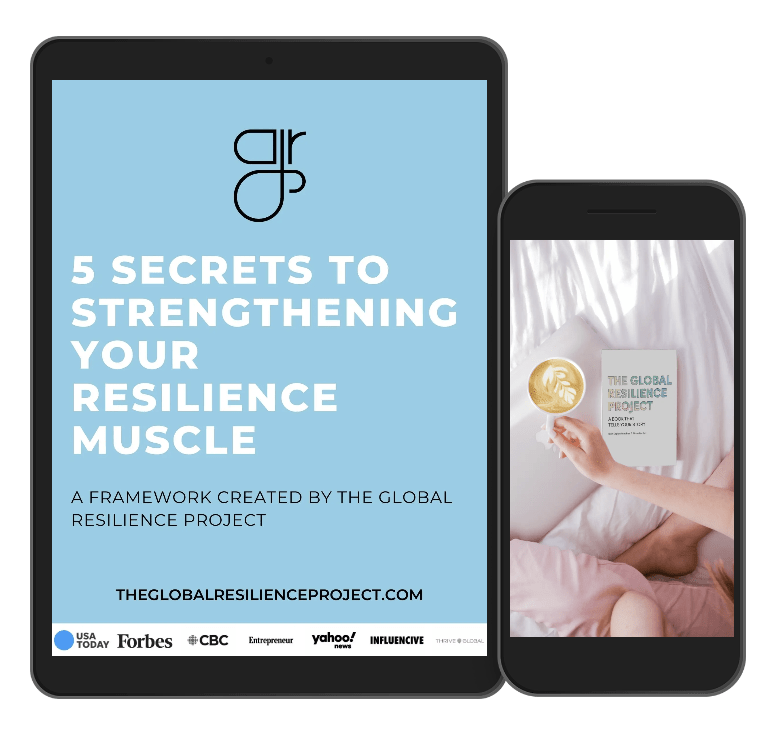This is Emily Cheng and she is RESILIENT.

CONTENT WARNING: The I Am Resilient Project provides an open space for people to share their personal experiences. Some content in this post and on this website will include topics that you may find difficult
Describe the situation where you had to be resilient:
I realized that I was the closest person to a family member for my COVID-19 patient.
Emily’s Story:
I had a patient who was medically stable but was positive for COVID-19 and admitted to the hospital. They were in isolation for COVID-19 and for patients that are not vented they have to be in their own room, with the door shut. Us nurses have to go in with certain protective equipment every time to go into the room. So, when I was taking care of this specific patient, there were a lot of emotions and feelings.
I experienced everything from the fear of being exposed to the disease, needing to protect myself, protecting other patients in the hospital and then protecting my home and who I live with.
The community that I’m a part of and the entire situation made me resilient. When I realized that because of this pandemic, and because of the currently incurable disease, my hospital is not allowing visitors for patients. This is so that they can protect other patients in the hospital and the staff and all of the family members from exposure.
I’m really grateful for the technology that exists because then we can help family members talk to our patients through phone calls and video calls. Not being able to see patients and have their support systems right next to them is really difficult for family members.
It broke my heart because I had this specific patient who was Russian-speaking (she did not speak English) and was unable to see her daughter, who was her only family member in town. Humans really need that in-person connection and interaction. It made me feel initially sad because these patients are even more isolated in their hospital rooms, completely closed off, since COVID-19 is highly contagious.
We, the nurses, minimize exposure to the patients and we make sure that we have all the supplies and equipment that we need when we go into these patients’ rooms to make sure that we’re not going in and out of the room too often. I decided to put myself in my patient’s shoes – realizing that they have such limited human interaction and they’re in even more isolation than the rest of us outside of the hospital.
So, I decided to spend a little bit more time than usual in this patient’s room because these patients are becoming way more depressed, frustrated and angry because of the situation. I really try to spend my time extra time with these patients so that they can feel the human connection that they need.
How did you practice resilience when faced with this challenge?
Whenever I have a patient situation in the hospital, especially during the pandemic, it makes me feel initially sad. I always remember and remind myself of the things I can control – things like when I try to let go and feel empowered in what I can control. So, in this situation, and similar situations that I face every day in the hospital, I make the intention to lift up the spirits of my patients. With this particular patient, I made sure that we took care of her daily needs such as getting her out of bed, sitting up into the chair in front of the window with the sun shining and giving her what she needed to brush her teeth and wash her face and feel like a human again.
I think doing these tiny little things and creating any sort of normalcy in a super abnormal situation really does make a big difference.
Please share one piece of advice for people who are going through a similar challenge
I really think that everyday people just need to take it day-by-day because right now because we can’t predict anything. We can’t really look ahead for what life’s going to look like. I think we need to extend the grace and compassion to ourselves first and foremost and realize that every day is going to look a little bit different and that we’re trying our best every single day.
Are you ready to share your story of RESILIENCE? You can do that HERE.

